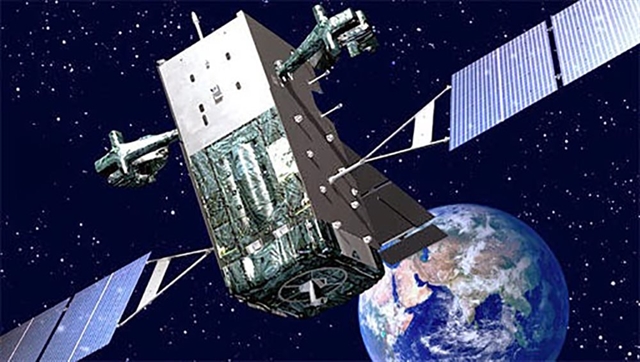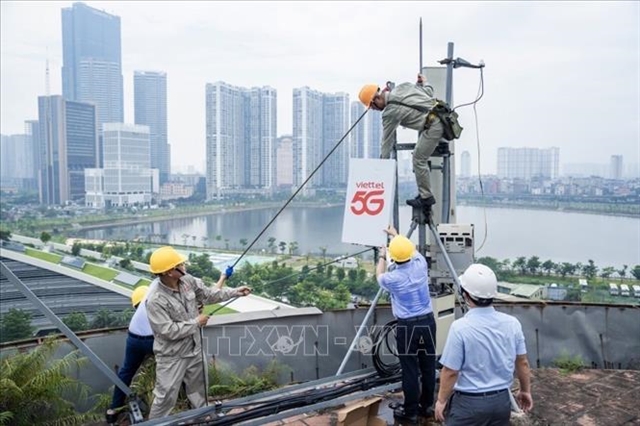 Opinion
Opinion

 |
| Viettel launches 5G network nationwide across all 63 provinces and cities. — VNA/VNS Photo |
HÀ NỘI — The National Assembly has approved a pilot programme allowing controlled deployment of telecommunications services using low earth orbit (LEO) satellite technology, as part of efforts to drive breakthroughs in science, technology, innovation and digital transformation.
The initiative, proposed by Deputy Prime Minister Nguyễn Hòa Bình, is in line with Resolution No. 57/NQ-TW, which mandates the development of a robust telecommunications and Internet infrastructure. This includes satellite data transmission systems, a high-speed broadband fibre optic network covering the entire country and next-generation mobile networks such as 5G, 6G.
Currently, LEO satellite technology is predominantly developed and deployed by a handful of foreign enterprises. Given this reality, the Vietnamese government deems a controlled pilot programme essential to attract foreign investment while ensuring national defence and security.
Under the approved resolution, foreign investors will be permitted to participate in LEO satellite telecommunications services in Việt Nam, without restrictions on ownership percentages or capital contributions.
The Ministry of Information and Communications (MIC) is developing regulatory mechanisms to facilitate this process, requiring foreign investors to obtain licences before providing services in the country.
Globally, around 20 major corporations are developing LEO satellite constellations for internet services.
Among the leading providers, SpaceX has already launched more than 6,700 LEO satellites under its Starlink programme, with plans to expand to approximately 42,000 satellites.
OneWeb has deployed over 500 LEO satellites, while other key players include Amazon, Telesat, SES, Viasat, LeoSat, Globalstar, Inmarsat, Thuraya and Intelsat.
China is also emerging as a major competitor to the United States in the LEO satellite sector. The country has launched 18 satellites to expand its orbital network, with Shanghai Spacecom Satellite Technology planning to establish a constellation of 15,000 LEO satellites.
In Việt Nam, interest in LEO satellite services is growing, particularly among telecommunications and internet service providers. Companies such as Viettel and Vietnam Posts and Telecommunications Group (VNPT) are closely monitoring developments and preparing for potential deployment.
SpaceX has expressed strong interest in entering the Vietnamese market.
During a 2023 meeting with Deputy Minister of MIC Phan Tâm, company representatives highlighted the benefits of satellite internet technology, particularly for remote, mountainous and island regions where conventional fibre optic infrastructure is limited. They also urged the Vietnamese government to accelerate policies supporting digital connectivity and infrastructure expansion.
According to SpaceX's Asia-Pacific representative, Laurent Tran Dien, the company's thousands of satellites are already delivering high-speed internet to multiple regions worldwide.
The Asia-Pacific region frequently experiences natural disasters such as volcanic eruptions, earthquakes, and tsunamis, and that reliable Internet connectivity is critical in emergency situations.
The company believes that expanding satellite internet access in Việt Nam could significantly improve education, healthcare and emergency response services in underserved areas. — VNS




